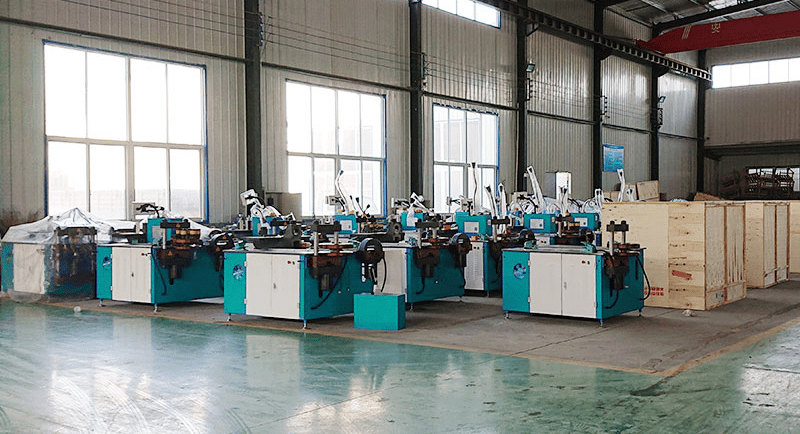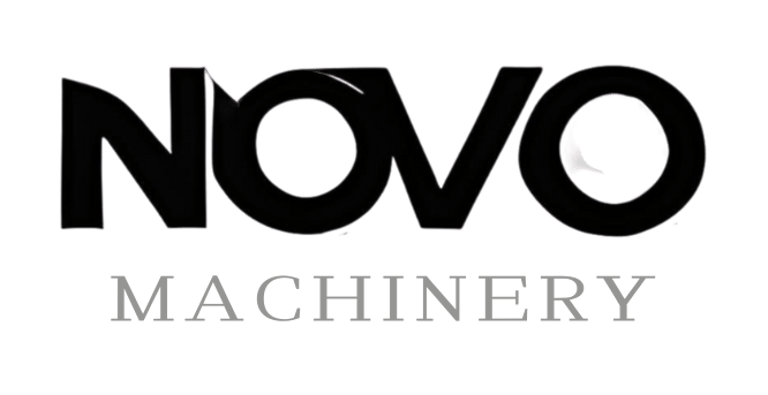power distribution cabinet & CNC Machining
Discover how small and medium power distribution cabinet factories can boost production efficiency with advanced CNC busbar machining machines. Optimize your production line today!
7/14/20255 min read


Understanding the Role of CNC Busbar Machining Machines in Production
CNC (Computer Numerical Control) busbar machining machines play a significant role in the production processes of small and medium power distribution cabinet factories. These sophisticated machines are designed to automate the processing of busbars, which are critical components in electrical distribution systems. The automation provided by CNC technology enhances production efficiency, thereby allowing manufacturers to achieve outstanding levels of precision and consistency throughout their operations.
One of the primary functions of CNC busbar machining machines is to execute intricate cutting, shaping, and drilling tasks with minimal human intervention. This automation not only acts to streamline the workflow but also significantly reduces the risks associated with manual operations, such as errors and inconsistencies. With high levels of repeatability and precision, these machines ensure that each busbar produced meets the exact specifications required for optimal functionality in power distribution cabinets.
Technological advancements in CNC machining have led to the development of more sophisticated and user-friendly machines. Modern CNC busbar machining machines are equipped with advanced software and programmable features that enable manufacturers to adjust their production parameters with ease. As a result, small and medium-sized manufacturers in the electrical industry can cater to varying demands without compromising on quality or efficiency. This adaptability is particularly beneficial in a rapidly evolving market where the needs of customers can change swiftly.
Ultimately, the implementation of CNC busbar machining machines allows manufacturers to optimize their production processes, making it possible to increase output by significant percentages while maintaining high-quality standards. By harnessing these innovative machines, small and medium power distribution cabinet factories not only enhance their operational efficiency but also position themselves competitively within the electrical manufacturing industry.
Assessing the Impact on Efficiency: A Closer Look at the 40% Boost
The power distribution cabinet industry is increasingly adopting advanced technologies, particularly CNC busbar machining machines, which have demonstrated a significant enhancement in production efficiency. A comprehensive analysis shows that factories employing these machines have reported an average increase of 40% in operational output. This claim is supported by key metrics that illustrate the advancements made in production time, accuracy, and waste reduction.
One of the primary factors contributing to this increased efficiency is the reduction in production time. Traditional manufacturing processes often rely on manual labor and conventional tools, which can lead to prolonged lead times. In contrast, CNC machining automates many of these tasks, resulting in faster production cycles. Factories that have integrated CNC busbar machining report a remarkable decrease in cycle time, enabling them to fulfill larger orders and meet tight deadlines more effectively.
Accuracy is another crucial metric where the benefits of CNC technology manifest strongly. Machines that utilize computer numerical control (CNC) deliver higher precision when manufacturing components. This precision minimizes the likelihood of errors, which can be costly in terms of rework and material waste. For instance, various small and medium-sized factories have documented a significant drop in misalignments and component defects, thus streamlining their production processes.
Lower waste rates are essential for improving overall efficiency and reducing operating costs. The implementation of CNC busbar machining machines allows for optimized material usage, which not only lessens waste but also contributes to environmental sustainability. Case studies illustrate that factories have seen a reduction in scrap rates, further enhancing profit margins and bolstering competitiveness in the market.
Overall, the 40% boost in production efficiency observed in small and medium power distribution cabinet factories utilizing CNC busbar machining machines is supported by statistical data reflecting reduced production time, improved accuracy, and minimized waste. These improvements not only contribute to the financial bottom line but also lead to more sustainable manufacturing practices.
Cost-Benefit Analysis: Investing in CNC Technology
Investing in CNC busbar machining machines represents a significant financial decision for small and medium power distribution cabinet factories. Initially, businesses must consider the upfront costs associated with purchasing and installing CNC technology. Typically, these investments can range from tens of thousands to several hundred thousand dollars, depending on the complexity and capabilities of the machines. Although these figures may seem daunting, it is crucial to evaluate them against the potential long-term gains in productivity and operational efficiency.
Once the CNC machines are operational, ongoing maintenance costs should also be factored into the financial equation. Regular servicing is essential to ensure optimal machine performance, and smart maintenance schedules can mitigate unexpected breakdowns, which can lead to costly downtimes. Nevertheless, well-maintained CNC machines often require less frequent repairs compared to conventional machinery, thereby ultimately saving on long-term operational costs.
Moreover, efficiency gains realized from the adoption of CNC technology can substantially contribute to overall cost savings. With the capability for precise, automated machining, factories can significantly reduce waste and errors, leading to better resource allocation and reduced material costs. Industry experts have identified that CNC busbar machining can boost production efficiency by as much as 40%. This increased output allows manufacturers to fulfill more orders, thereby enhancing revenue opportunities.
When evaluating the return on investment (ROI) timeframe, it is essential for businesses to analyze not only the immediate financial impact but also the cumulative benefits over several years. Many factories experience a payback on their CNC investment within a 12 to 24-month period when accounting for increased production rates and ongoing operational savings. Additionally, as advancements in technology continue to evolve, factories that invest in CNC busbar machining machines position themselves for long-term competitiveness in the market, ensuring adaptability to shifting consumer demands and industry trends.
Future Trends: The Advancements in CNC Machining for Power Distribution
The future of CNC machining in the power distribution sector is poised for transformative advancements that promise to enhance production efficiencies even further. As small and medium power distribution cabinet factories continue to adopt more sophisticated machinery, several emerging trends are expected to shape the landscape. One of the most significant developments is the integration of automation within CNC machining processes. Automation not only reduces human error but also allows for continuous production cycles, ultimately leading to increased output and reduced operational costs.
Additionally, the convergence of smart technologies and Internet of Things (IoT) capabilities within CNC machines is anticipated to provide real-time monitoring and data analytics. This level of connectivity can facilitate predictive maintenance, reducing downtime and ensuring that machines are operating at peak efficiency. By harnessing the power of data, manufacturers can gain insights into their production processes, optimizing workflow and resource allocation.
Another crucial aspect of the future of CNC machining is the ongoing pursuit of higher precision and customization capabilities. As customer demands for tailored solutions continue to grow, CNC machines are expected to evolve, enabling fabricators to produce complex geometries and designs with improved accuracy. This trend aligns closely with the broader movement toward Industry 4.0, where smart manufacturing practices redefine traditional processes, making them more agile and responsive to market needs.
As the industry progresses, advancements in CNC machining technologies will undoubtedly play a vital role in shaping the future of power distribution manufacturing. Substantial investments in research and development within this area will likely yield new machining methods, materials, and applications. Ultimately, the integration of these innovative trends will empower small and medium manufacturers to boost production efficiency and maintain a competitive edge in a rapidly evolving marketplace.
Innovate
Leading manufacturer of busbar processing equipment solutions.
Contact
Support
+131 2713 4627
© 2025. All rights reserved.
